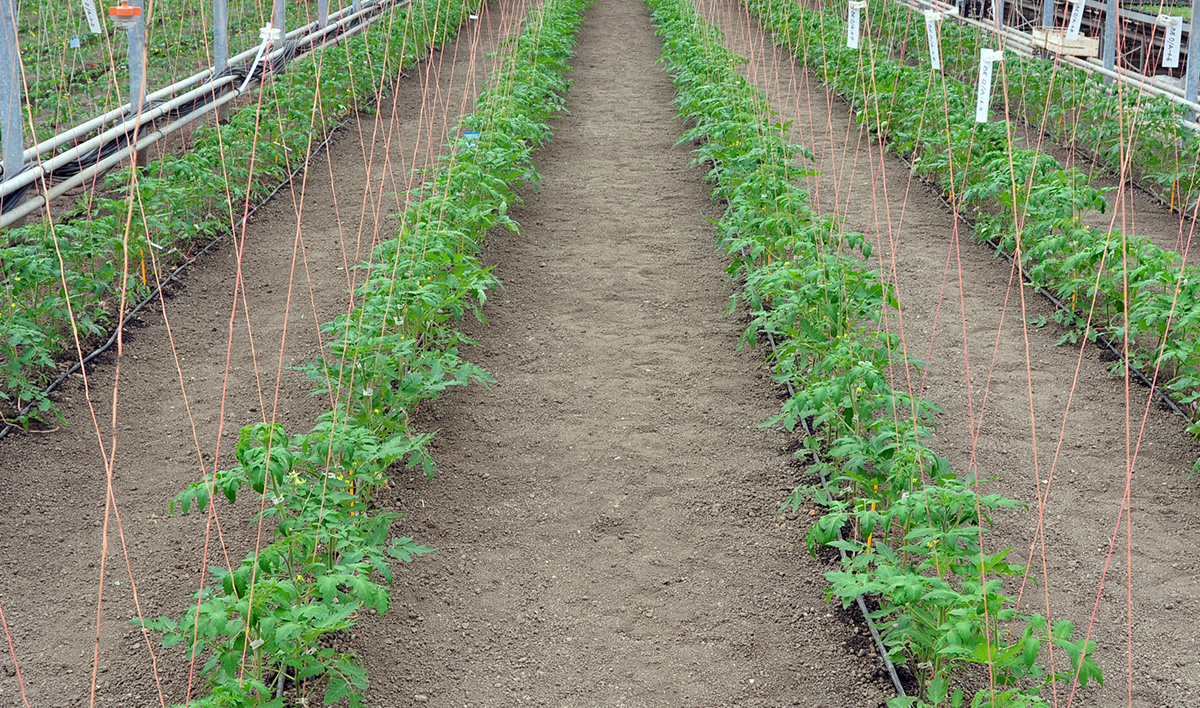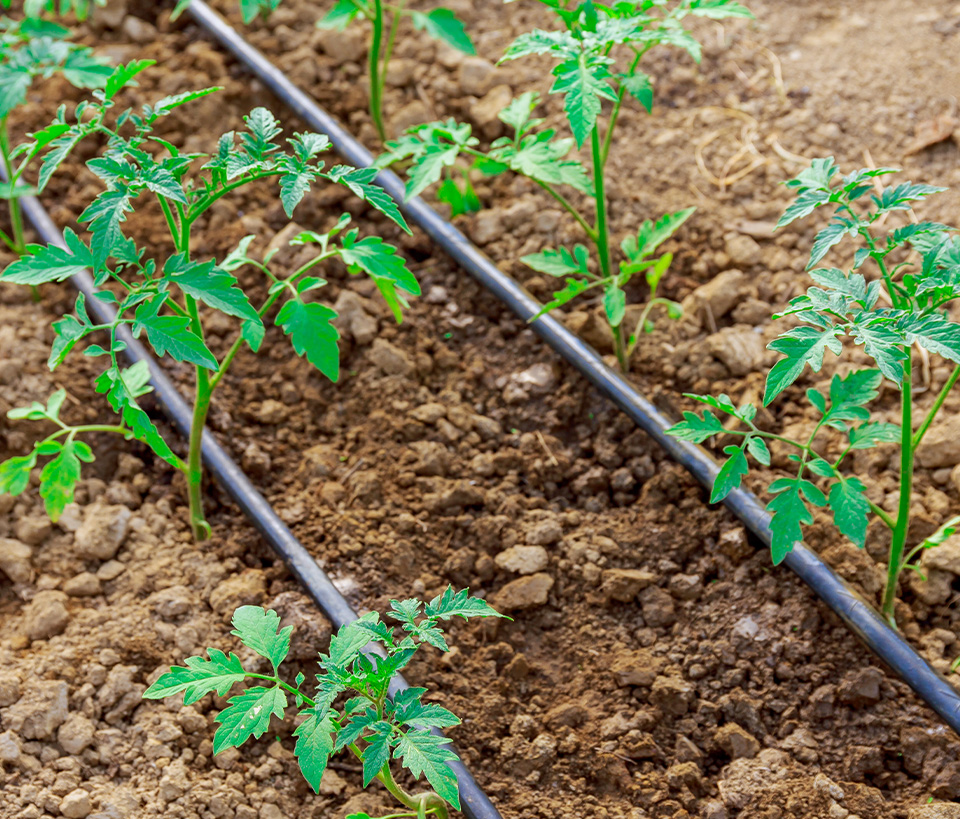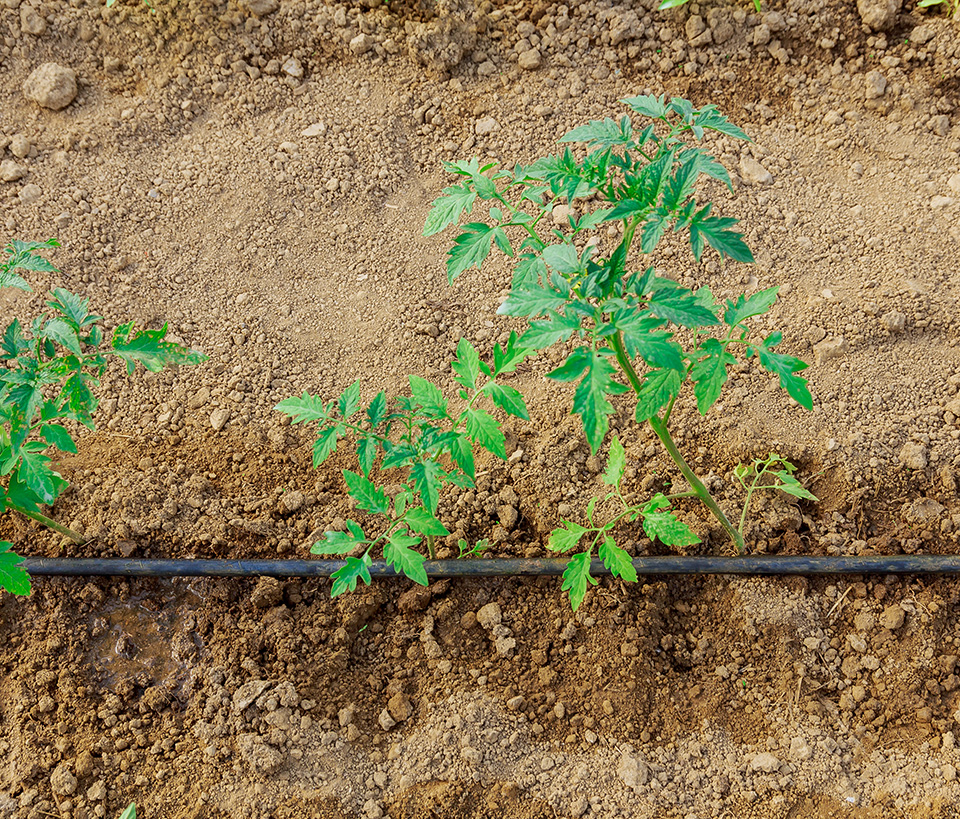
In the tomato-growing regions of Florida, growers face challenges including irregular rainfall, disease pressure, and the need for consistent fruit quality. Traditional flood and sprinkler irrigation methods often lead to water waste and uneven soil moisture, negatively impacting yield and fruit uniformity. To tackle these challenges, NAIYAD partnered with local farms to implement an advanced drip irrigation system customized for tomatoes.



In the tomato-growing regions of Florida, growers face challenges including irregular rainfall, disease pressure, and the need for consistent fruit quality. Traditional flood and sprinkler irrigation methods often lead to water waste and uneven soil moisture, negatively impacting yield and fruit uniformity. To tackle these challenges, NAIYAD partnered with local farms to implement an advanced drip irrigation system customized for tomatoes.
NAIYAD deployed a tailored drip irrigation solution that featured:
The system was designed to accommodate the tomato’s critical growth stages, from transplanting to fruit set and maturation, ensuring the crop received adequate moisture without overwatering.
The NAIYAD drip irrigation system delivered significant benefits: